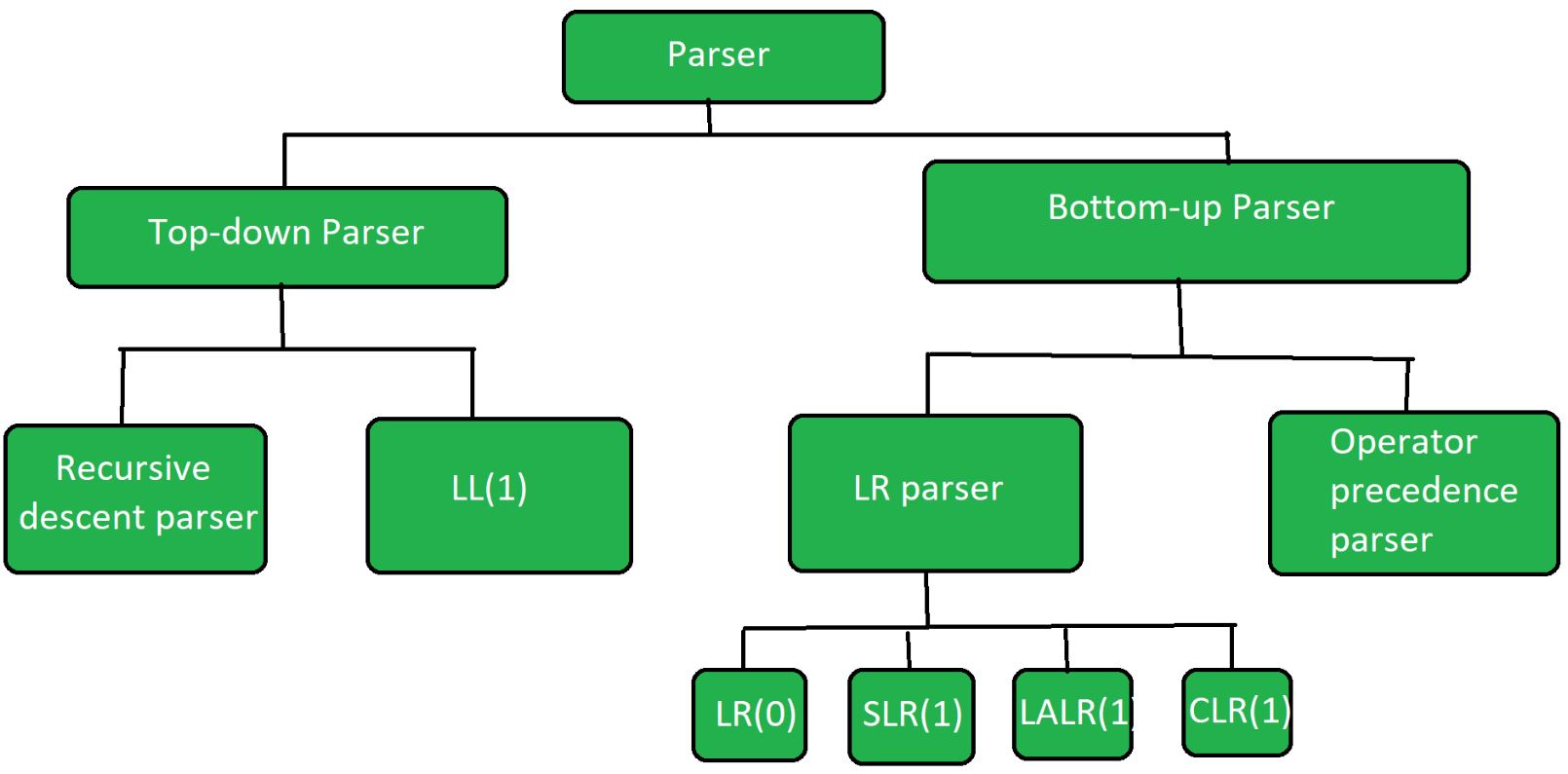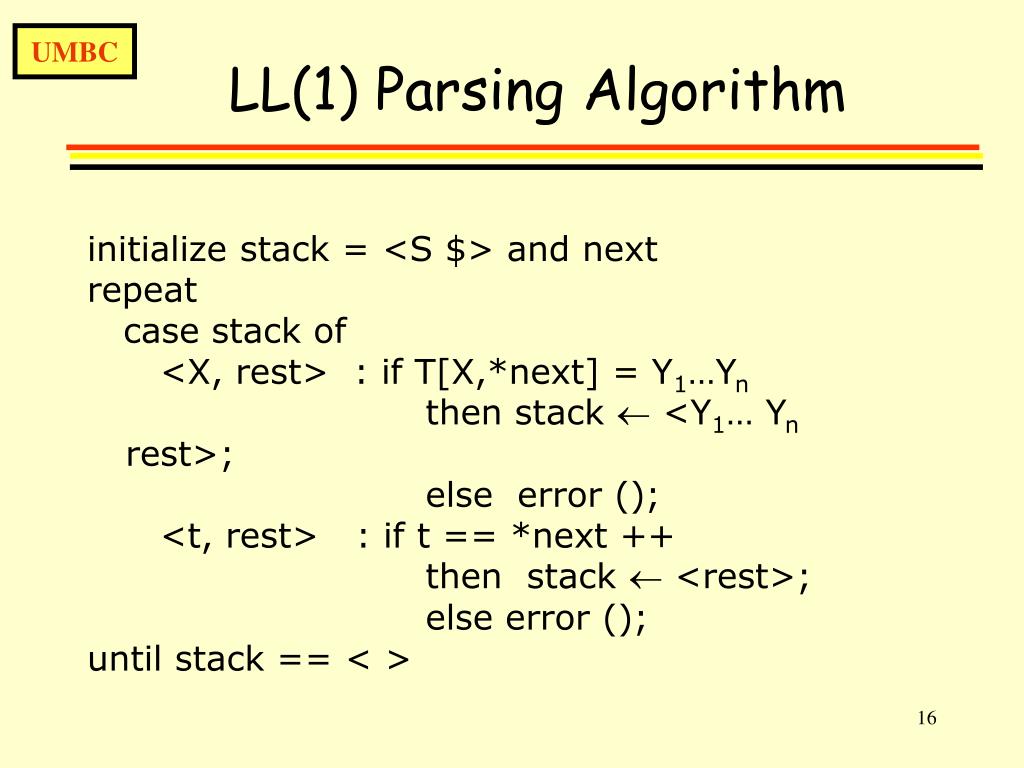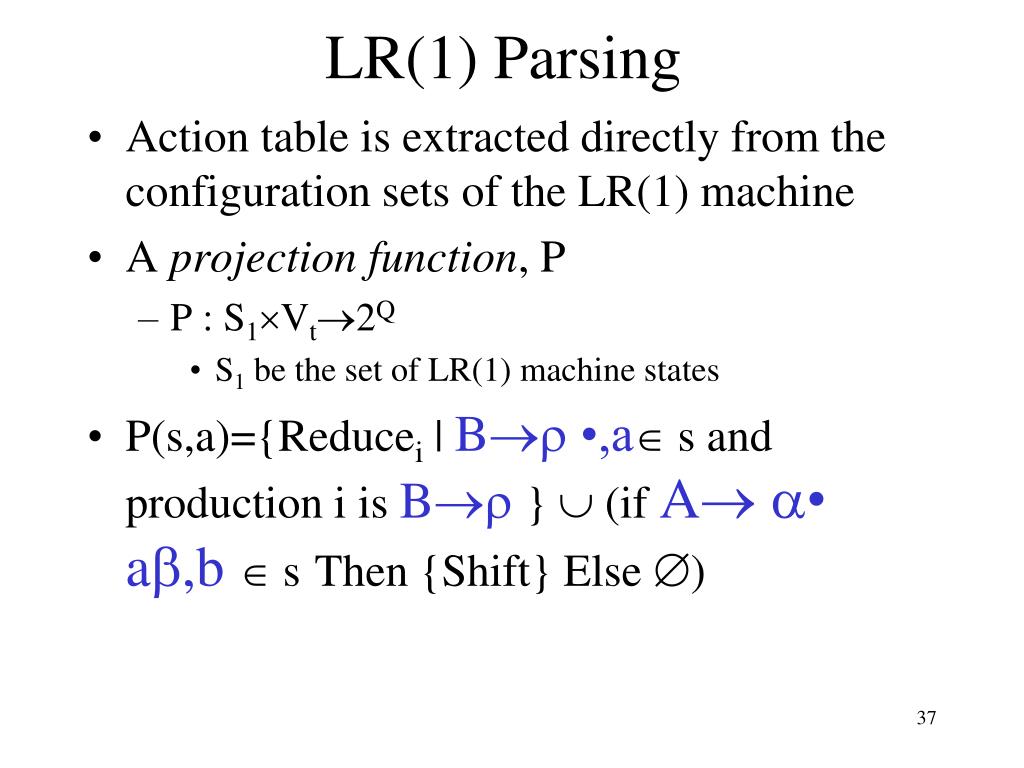What is Parsing in Compiler Design?
In compiler design, parsing dissects programming code's syntactic structure, akin to a detective unraveling clues at a crime scene. It involves analyzing the arrangement of symbols to derive semantic meaning, which is essential for subsequent compilation into executable instructions.
For instance, when parsing "2 + 3 * 5," it's like figuring out the order of actions—do you multiply first or add? This helps compilers understand and process code correctly.

Importance of Parsing in Compiler Design
Parsing in compiler design is crucial for code accuracy, error detection, complexity reduction, and translating human language into computer language.
Ensuring Code Correctness
Parsing acts like a gatekeeper, ensuring your code follows the programming language's rules. Just like how traffic lights keep cars in line on the road, parsing keeps your code in check, ensuring it's correct and error-free.
Detecting Errors Early
Imagine you're building a house. You'd want to catch any mistakes in the foundation before you start putting up walls, right? Parsing does the same thing with your code. It checks for errors before your program runs, saving you from headaches down the line.
Simplifying Complexity
Programming languages can be like a maze—complex and confusing. Parsing simplifies this complexity by breaking down your code into smaller, more manageable parts. It's like untangling a knot, making it easier for the computer to understand what you're trying to do.
Suggested Reading: Dependency Parsing
Translating Human Language to Computer Language
Think of parsing as a translator between you and your computer. You write code in a language you understand, like English or Python. Parsing takes that code and translates it into a language the computer understands, like binary or machine code. It's like converting a recipe written in English into a set of instructions the computer can follow.
Types of Parsing Techniques in Compiler Design
In compiler design, parsing plays a pivotal role in deciphering the structure and syntax of programming languages. Understanding the various types of parser in compiler design, such as recursive descent, LL, LR, and LALR parsing, is essential for crafting efficient and robust compilers.
Recursive Descent Parsing
Recursive descent parsing is like solving a puzzle by breaking it down into smaller puzzles. It starts at the top of the code and works its way down, one piece at a time. It is also called the top-down parsing in compiler design. Each piece of code is like a clue, helping the parser figure out the bigger picture. It's a simple approach, like following a recipe step by step.
LL Parsing
LL parsing is like reading a book from left to right, one word at a time. It looks ahead at the next few tokens to decide what to do next, kind of like predicting the future based on what you've already read. It's efficient and fast, like speeding through a story to find out what happens next.

LR Parsing
LR parsing is like building a puzzle from the bottom up. It starts with the smallest pieces and gradually combines them to form the bigger picture. It's a bit more complex than LL parsing but powerful and flexible, like solving a Rubik's cube with multiple layers.

LALR Parsing
LALR parsing is like finding the best route on a map with multiple options. It looks at the tokens in the code and tries to find the most efficient path to understanding. It's like being a detective, piecing together clues to solve a mystery. LALR parsing is efficient and effective, like taking the scenic route without getting lost.
Key Components of Parsing
Parsing, a crucial aspect of code interpretation, involves several key components. Let's explore the fundamental elements constituting the parsing process, including lexer, parser, grammar, parse tree, and syntax analysis. Understanding these components is essential for comprehending how code is interpreted and structured.
Lexer
The lexer, or tokenizer, dissects code into tokens, akin to segmenting a text into words. This process facilitates parsing, organizing code into manageable units for comprehensive analysis by the parser.
Parser
Parser is the brain of the operation. It takes those tokens from the lexer and arranges them into a structured format, like assembling a puzzle. It ensures that the code follows the programming language's rules and creates a tree-like structure called a parse tree.
Grammar
Grammar is like the rulebook of the programming language. It defines the syntax and structure that the code must follow. Just like how you need proper grammar to write a sentence, your code needs to follow the grammar rules to be understood by the parser.
Parse Tree
Parse tree is the visual representation of the code's structure. It shows how the different parts of the code relate, like a family tree showing relationships between family members. The parse tree helps the parser understand the code's hierarchy and how to interpret it.
Syntax Analysis
Syntax analysis is the process of checking whether the code follows the grammar rules of the programming language. It's like proofreading your code to make sure it makes sense. Syntax analysis helps catch errors and ensure the parser understands the code.
Frequently Asked Questions(FAQs)
What is parsing in compiler design?
Parsing in compiler design is the process where the compiler breaks down the source code into a structured format to understand and translate it into machine code.
What are the types of parsers used in compiler design?
Two main types of parsers used in compiler design are top-down parsers and bottom-up parsers, each handling the source code analysis differently.
Why is parsing a critical phase in compiler construction?
Parsing is critical because it helps identify the grammatical structure of the input code, detects errors, and ensures the code adheres to the syntax rules of the programming language.
How does a parser handle syntax errors?
A parser effectively manages and reports syntax errors by using error handling mechanisms, such as panic mode recovery, phrase-level recovery, or error productions.
What is the difference between a lexer and a parser in compiler design?
A lexer (lexical analyzer) breaks down code into tokens, which the parser organizes into a structured format to analyze the syntax.
What role does a parser play in the syntax analysis phase?
The parser performs syntax analysis by utilizing tokens from the lexical analysis phase to check the code’s adherence to the rules of the programming language's grammar.
